Description
Fiber to Fiber Optical Transmitter – High-Performance Optical Signal Regeneration and Transmission
The Fiber to Fiber Optical Transmitter is a highly efficient and reliable solution designed to enhance and extend optical signal transmission in fiber optic networks. Unlike traditional RF-based transmitters, this device operates entirely in the optical domain, regenerating, amplifying, and transmitting optical signals over long distances without degrading signal quality. It is ideal for advanced applications in FTTH (Fiber to the Home) networks, CATV systems, telecom infrastructures, optical repeaters, and long-haul backbone deployments.
With support for multiple wavelengths, including 1310nm and 1550nm, the Fiber to Fiber Optical Transmitter offers compatibility with various fiber optic systems, making it a versatile choice for network integrators, service providers, and enterprise-grade installations. This transmitter acts as a signal booster and converter, making it invaluable in situations where optical signals need to be refreshed or redistributed over extended distances.
Key Features of Fiber to Fiber Optical Transmitter
1. Pure Optical-to-Optical Conversion
This device accepts an incoming optical signal and regenerates it to deliver a clean, high-power output without converting it to an electrical signal. This all-optical approach ensures minimal signal distortion, low latency, and high transmission integrity.
2. Multi-Wavelength Compatibility
The Fiber to Fiber Optical Transmitter supports industry-standard wavelengths, such as 1310nm, 1490nm, and 1550nm, ensuring seamless integration into most optical communication systems and enabling compatibility with CWDM or DWDM networks.
3. High Optical Output Power
Offering optical output power ranging from 6 dBm to 20 dBm, this transmitter can deliver strong signal strength suitable for long-distance fiber runs and multi-splitter environments in large-scale deployments.
4. Plug-and-Play Installation
Designed with SC/APC or FC/APC connectors, the transmitter is easy to install and deploy in indoor headends or outdoor enclosures. The plug-and-play configuration makes it accessible even for non-technical users in standard field conditions.
5. Superior Optical Amplification
The integrated EDFA (Erbium-Doped Fiber Amplifier) or SOA (Semiconductor Optical Amplifier) provides enhanced signal boosting, helping extend network reach while maintaining exceptional signal fidelity.
6. Low Power Consumption
This unit is engineered for energy-efficient operation with minimal power draw. Whether deployed in rural areas or high-density urban infrastructures, it operates reliably under various conditions.
Applications of Fiber to Fiber Optical Transmitter
-
FTTH Networks: Perfect for central offices or local distribution points where signals need to be extended without loss.
-
CATV Systems: Regenerates optical signals for long-distance cable television transmission across multiple regions.
-
Telecommunication Backbones: Ensures signal strength and clarity for core communication routes spanning large distances.
-
Data Centers: Used in data transfer and distribution for inter-rack or inter-building fiber links.
-
Optical Repeaters: Acts as a repeater in optical networks where signal strength drops over extended cable runs.
Technical Specifications (Typical)
| Parameter | Specification |
|---|---|
| Input Signal Type | Optical (1310nm/1550nm) |
| Optical Output Power | 6 to 20 dBm (configurable) |
| Wavelength Support | 1310nm, 1490nm, 1550nm |
| Connector Type | SC/APC or FC/APC |
| Optical Return Loss | ≥ 50 dB |
| Operating Voltage | AC 220V / DC 48V |
| Power Consumption | < 15W |
| Operating Temperature | -10°C to +50°C |
| Storage Temperature | -30°C to +70°C |
| Humidity | ≤ 95% non-condensing |
Advantages of Fiber to Fiber Optical Transmitter
-
No electrical conversion results in faster, purer signal relay.
-
Enhanced network reach with high optical power output.
-
Future-ready for next-generation optical systems including DWDM and high-speed broadband.
-
Highly reliable and energy-efficient for 24/7 operation.
-
Compact and robust design suitable for rack-mount or standalone installation.
Package Includes
-
Fiber to Fiber Optical Transmitter Unit
-
Power Adapter or Cord
-
Quick Installation Guide
-
Warranty and Service Card
Conclusion
The Fiber to Fiber Optical Transmitter is a cutting-edge solution for telecom providers, broadcasters, and network managers who demand high performance, reliability, and efficiency in optical signal regeneration and transmission. Its all-optical design, powerful output, and multi-wavelength compatibility make it a core component in building modern fiber optic infrastructures.
Whether you’re expanding a high-speed internet network, enhancing CATV signal reach, or maintaining consistent data flow across long distances, this transmitter delivers unmatched performance with minimal complexity.

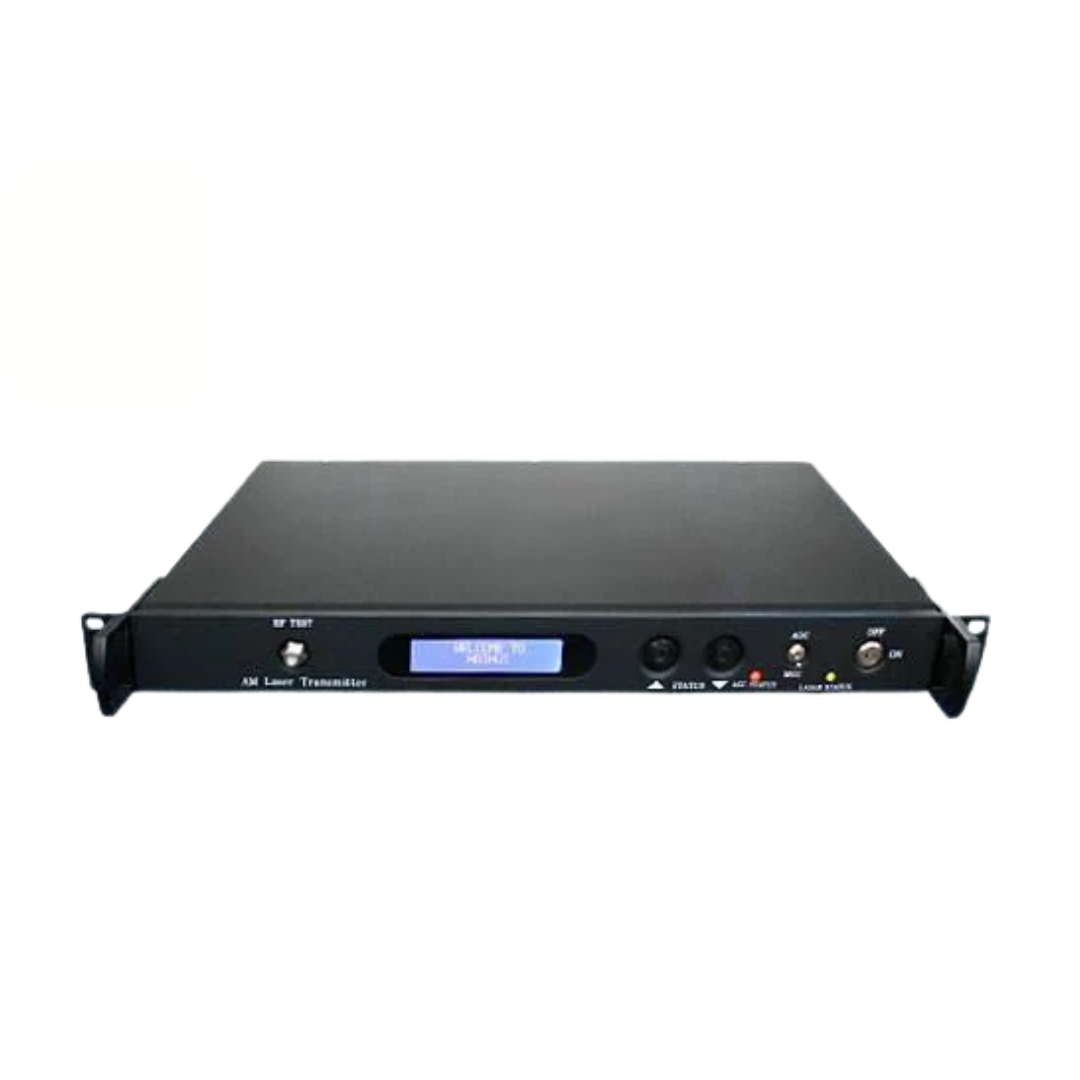
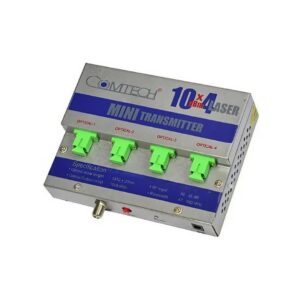
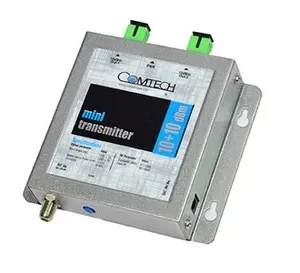
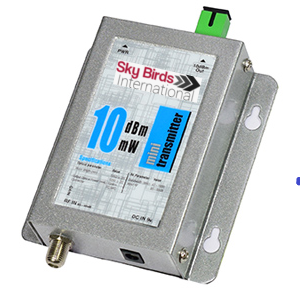
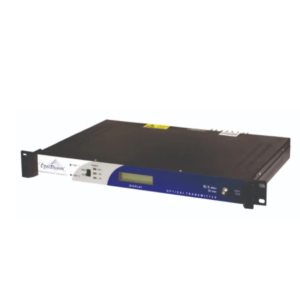
Reviews
There are no reviews yet.